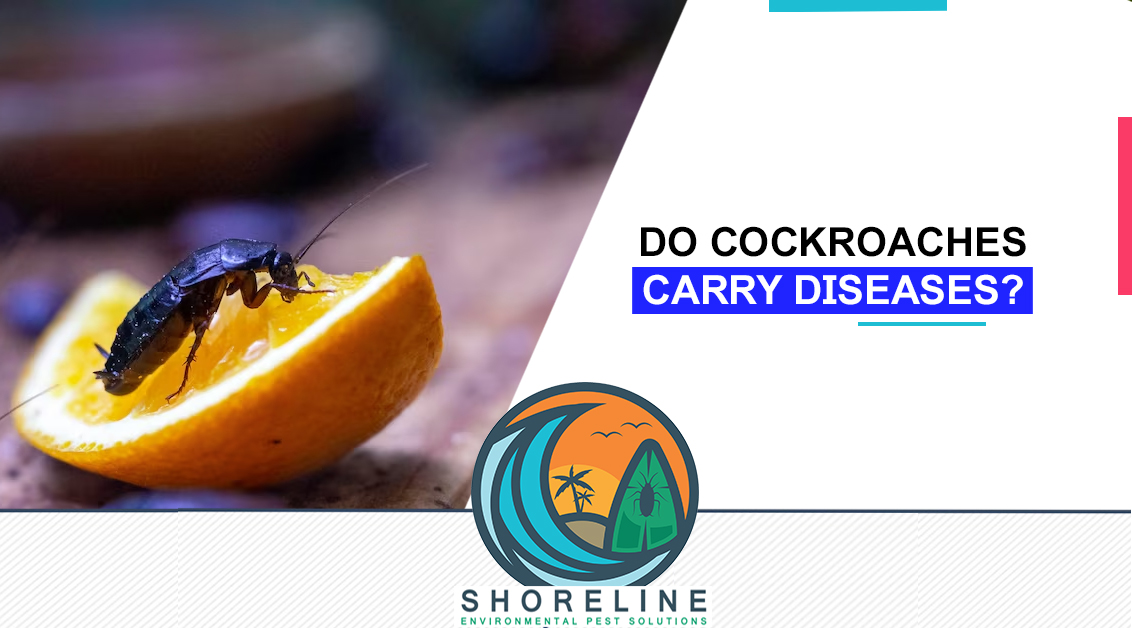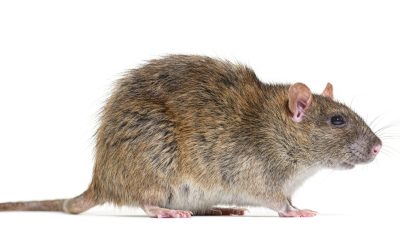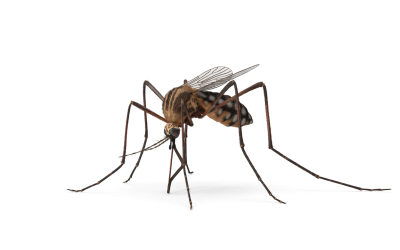Cockroaches are a common household pest that can pose potential health risks. They are known for their resilience and ability to survive in various environments, making them a challenging pest to control. This blog will comprehensively overview cockroach health risks, anatomy, behaviour, and potential diseases. Additionally, it will provide tips on preventing cockroach infestations and keeping a safe and healthy living environment.
Cockroaches have been around for millions of years and are challenging insect species. They have several traits that make them a great survivor, such as their capacity to adjust to various situations, reproduce quickly, and live without food or water for long periods. Kitchens, bathrooms, and other sites that offer warmth, moisture, and food are ideal roach habitats. They can eat anything, including food, paper, and glue, and are omnivorous. Cockroaches can also quickly reproduce, with a single female producing hundreds of eggs yearly.
Potential Diseases Carried by Cockroaches
Salmonella:
Salmonella, or salmonellosis, is a type of gastroenteritis that can be transmitted to humans via cockroaches. Roaches may carry these viruses and contaminate food which can make humans sick. There is no specific treatment for salmonellosis, and patients are generally hospitalised and treated with antibiotics. It is important to avoid food contaminated by cockroaches, especially if you are sickened by the virus.
Some Symptoms of Salmonella Infection include fever, diarrhea, abdominal cramps, nausea, vomiting and mouth ulcers.
Cholera:
Cholera is a serious diarrheal disease caused by the bacteria Enterohaemorrhagic E Coli (EHEC). Cockroaches can carry this bacterium in their feces and contaminate food. EHEC is a major cause of diarrheal disease worldwide and can be fatal in up to 25% of cases.
Symptoms of cholera include watery diarrhea, fever, nausea, vomiting, and cramps. Deaths from cholera are rare but can occur in severe cases. It is important to wash your hands thoroughly after touching cockroach feces or food and to avoid coming into contact with fecal matter if you have any symptoms of cholera infection.
Giardia:
Giardia is a parasitic organism that lives in the intestines of animals and humans. It is most commonly spread through the ingestion of water or food that has been contaminated with Giardia. Cockroaches can carry Giardia in their feces and contaminate food.
Symptoms of giardiasis include diarrhea, abdominal pain, fever, and nausea. Treatment for giardiasis typically involves antibiotics.
Toxoplasmosis:
Toxoplasma gondii is a parasite in moist environments like sewers and cockroach droppings. Toxoplasma parasites are transmitted to humans via contact with infected body fluids like saliva or blood, which can lead to gingivitis, fever, tiredness and muscle aches. Cockroaches can carry toxoplasma parasites in their feces and contaminate food. Symptoms of toxoplasmosis include fever, diarrhea, vomiting and headaches. Treatment for toxoplasmosis typically involves antibiotics.
Tuberculosis (TB):
Infectious zones like saliva droplets from a sick cockroach may infect humans directly or indirectly, and cockroaches are one of the main vectors for the TB bacterium. Tuberculosis is a severe lung illness that may kill you.
Symptoms of Tuberculosis include fever, chills, coughing and chest pain. Treatment for TB typically involves antibiotics.
Hantavirus:
Cockroaches may also transmit Hantavirus, a deadly strain of pneumonia that affects people. This virus is responsible for hemorrhagic fever with renal syndrome (HFRS), a severe and occasionally fatal condition brought on by the immune system’s reaction to hantavirus infection. HFRS leads to mortality roughly 1% of the time in persons over 50.
Escherichia coli (E. coli)
Escherichia coli is a common cause of food poisoning. The bacteria can be spread through contact with water and food contaminated with the parasite. E. coli can also be passed from cockroaches to humans when they contaminate food or drink.
Symptoms of E. coli infections include diarrhea, fever, stomach cramps and vomiting. Treatment for E .coli typically involves antibiotics.
Typhoid Fever
Salmonella Typhi, an infectious bacteria, may also be spread by cockroaches. Typhoid fever is a stomach and intestinal illness that may be fatal. It is often contracted through contact with contaminated food or water containing Salmonella Typhi.
Preventing Cockroach Infestations and Health Risks:
Keep your home clean and tidy: Cockroaches are attracted to food debris and dirty dishes, so ensure your home is cleaned regularly with a focus on the kitchen and other areas where food is prepared or consumed.
Seal all cracks and crevices: Cockroaches can enter through open cracks and gaps, so close all entry points by sealing crevices and gaps around windows, doors, and plumbing pipes.
Store food in sealed containers: Use airtight containers for storing open packages and leftovers to reduce the risk of attracting cockroaches.
Fix leaky faucets and pipes: Cockroaches need water to survive, so eliminate any sources of leakage to reduce moisture and humidity levels.
Use insecticides and bait traps: Use pest control products such as insecticides and bait stations to kill cockroaches or prevent them from reproducing.
Seek professional help: If the infestation is severe, seek the services of professional pest control companies for comprehensive remediation.
Common factors contributing to cockroach infestations:
Poor sanitation: Cockroaches thrive in dirty and cluttered environments, so poor sanitation practices can provide them with ample food and shelter. Food residues, scattered crumbs, and leftover food not correctly disposed of all provide ideal breeding conditions for cockroaches.
Excessive moisture: Cockroaches prefer damp environments, so high humidity levels and humid areas like leaky pipes, faulty faucets, and poorly ventilated bathrooms can provide them with the ideal breeding sites.
Clutter: Cluttered spaces provide hiding spots and breeding grounds for cockroaches, making it challenging to discover and eliminate infestations. Cockroaches often hide in piles of paper or cluttered storage spaces.
Cracks and crevices: Cockroaches can enter a home or build through small cracks or openings, and once inside, they will often hide in tiny crevices and cracks. Sealing these entry points can prevent further infestation.
Inadequate pest control: Insufficient pest management techniques, such as inadequate pesticide applications, incorrect pesticide usage, or the wrong pesticide for the species present, may cause cockroach infestations.
Warm temperatures: In the colder months, cockroaches are drawn toward homes or structures maintained excessively warm.
Pet food: It’s essential to store pet food in airtight containers since it can be a food source for cockroaches if left out in open containers.
Cockroaches are ubiquitous in many areas of the world, and as such, they are often involved in spreading various diseases. To help prevent the spread of these dangerous diseases, it is important to understand how cockroaches can transmit disease and what precautions you can take to protect yourself and your family. If you have any questions or concerns about cockroach health risks or infestations, please do not hesitate to contact us.





0 Comments